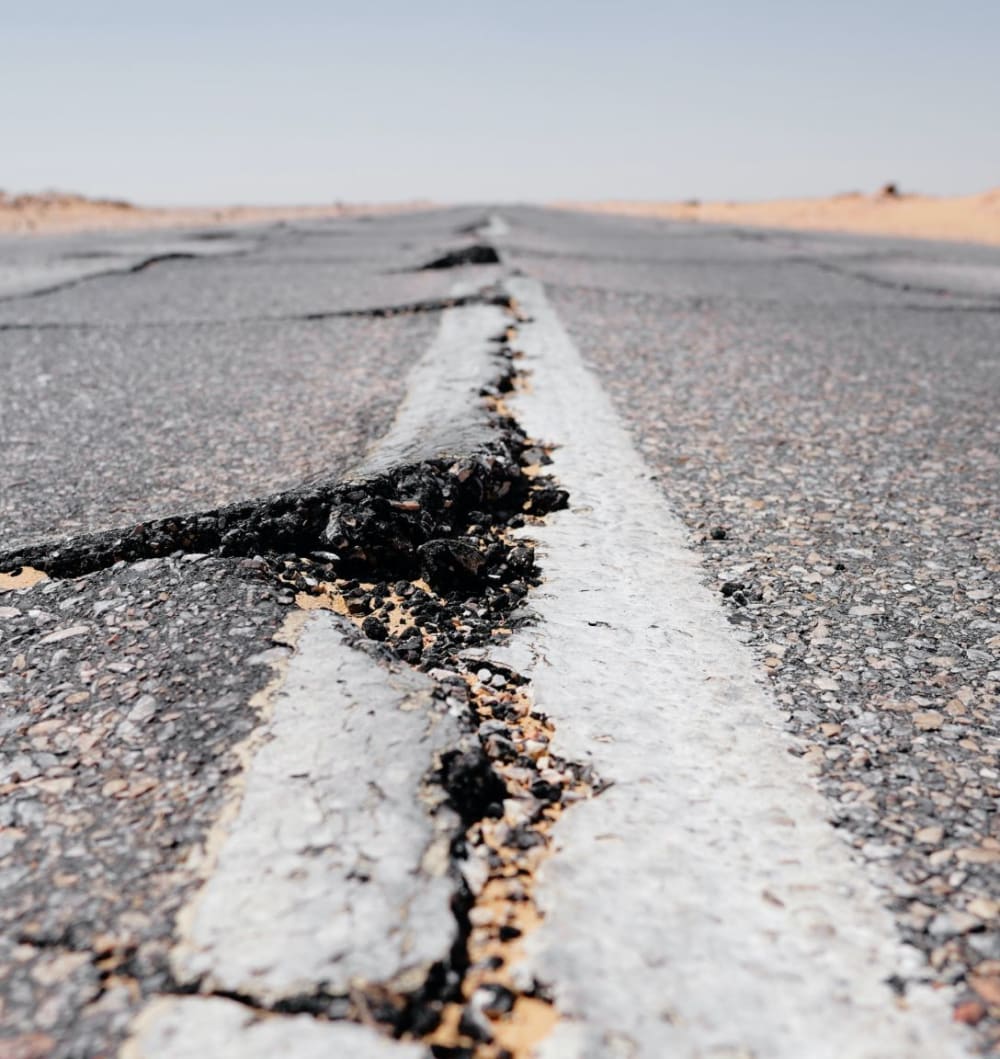Municipal Systems
Water tanks, wastewater treatment structures

Tank pad stabilization strengthens and restores support for storage tanks and heavy industrial structures. Using polymer injection, this process densifies soils, fills voids, and prevents settlement that can compromise safety, reliability, and environmental compliance.

Tank pad stabilization ensures safe, long-term performance for storage tanks by reinforcing soils and preventing settlement. This trenchless process minimizes downtime, improves reliability, and protects against costly failures.
Stabilizes pads supporting oil, gas, and chemical storage facilities
Provides reliable support for municipal and industrial water tanks
Restores stability in treatment tanks and clarifiers
Supports tanks, silos, and equipment foundations under heavy loads
Stabilizes tank pads at power generation and distribution sites
Reinforces soil beneath grain silos, feed tanks, and processing facilities
Tank pad stabilization is essential across industries where heavy storage and process tanks require stable foundations. From petrochemical plants to water utilities, this solution ensures safe, reliable performance and reduced maintenance costs.
Water tanks, wastewater treatment structures
Plants, warehouses, and production floors
Agricultural and food processing facilities
Port facilities and waterfront storage tanks
Fuel, gas, and power infrastructure tanks
Fuel and water storage for mission-critical operations
1
Tank pads and surrounding soils inspected for voids and settlement
2
Injection grid and resin types designed for site conditions
3
Small-diameter injection points installed with minimal disruption
4
Expanding polymers densify soils and restore bearing capacity
5
Injection pressures and pad response tracked in real time
6
Post-injection testing confirms restored stability and support
Have a project in mind or need more details about our services? Connect with our team today to discuss your challenges and learn how URETEK solutions can deliver lasting results.